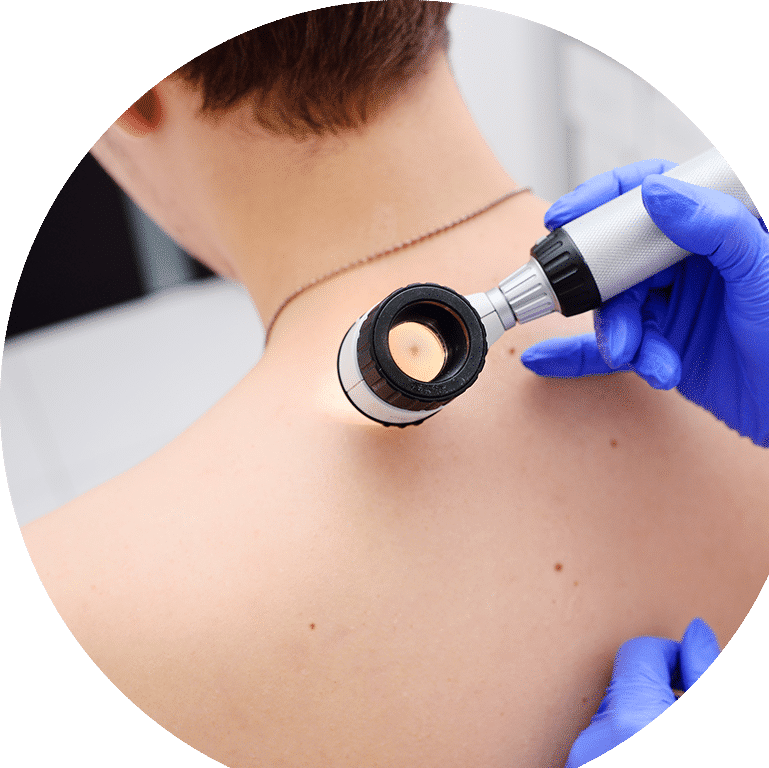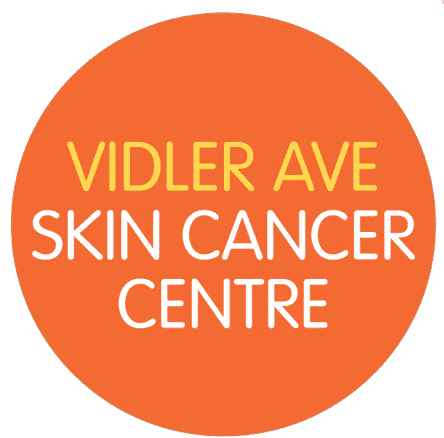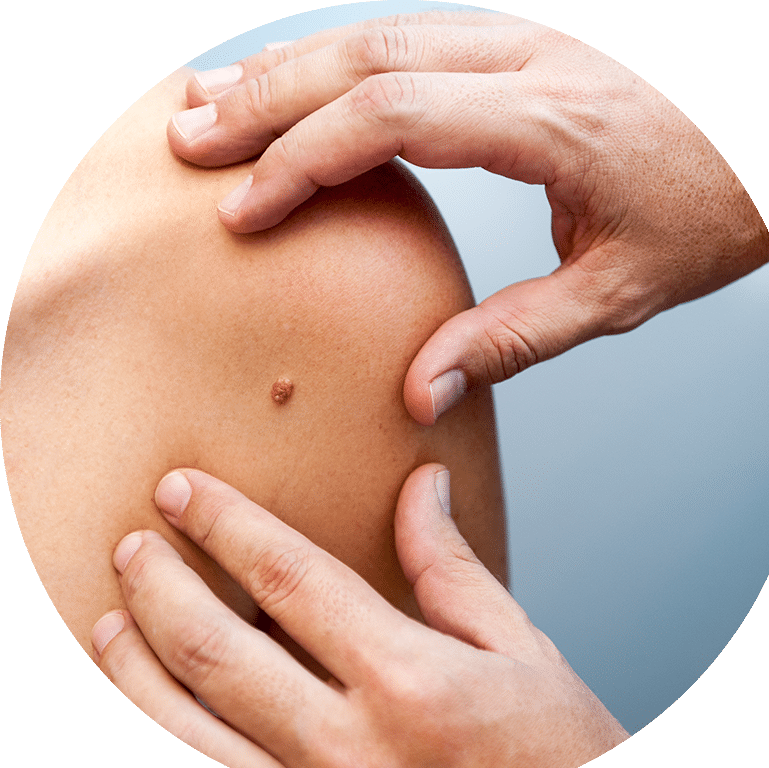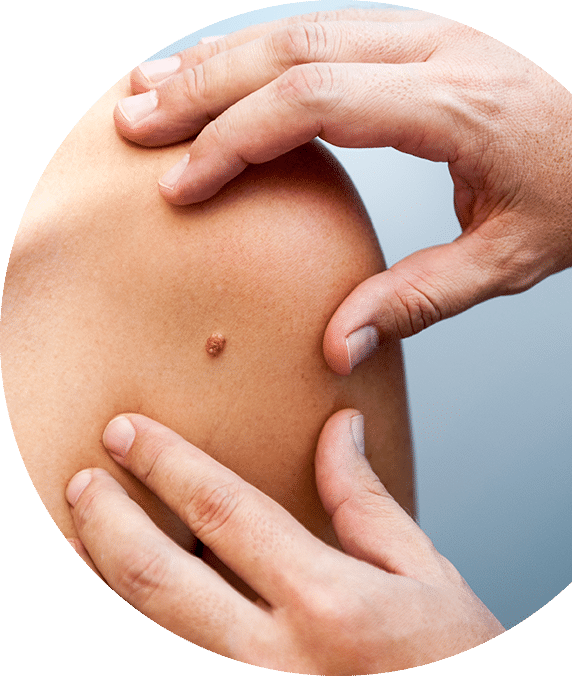Minimise Your Risk
If you want to keep your skin as young-looking and healthy as possible, protect it from the harmful effects of UV rays. While the effects of sun exposure aren’t immediately noticeable, they accumulate over the years. From daily commuting to spending summers at the beach, it’s important to keep the skin as protected as possible.
Fortunately, skin cancer precautions aren’t rocket science. Most are very practical and don’t require much effort.
Some common-sense tips to minimise skin cancer risks include:

Stay in Shaded Areas
Minimise Getting Sunburned
To keep your skin cells’ genetic materials as healthy as possible, avoid getting sunburnt as much as possible. Why?
Sunburns result from excess exposure to harsh UV rays. While sunburns don’t increase your skin cancer risk per se, it’s a result of excessive sun exposure. By avoiding frequent sunburns, you minimise ultraviolet exposure and skin cancer risk.
Avoid Getting Tanned
Wear Sun-Protective Clothing
When it comes to UV protection, clothes provide different levels of protection. Such levels are indicated as UPF or ultraviolet protection factor, which refers to the amount of UV radiation that gets past the fabric and reaches your skin. On the other hand, SPF or sun protection factor refers to how long before your UV-exposed skin turns red. For example, an SPF-20 sunblock means it will take roughly 20 minutes before your skin reddens.
What should you look for when it comes to sun-protective clothing? Here are important factors to consider:
- Activity: With increased activity comes stretched and wet fabrics, both of which allow more UV radiation to get through.
- Colour: Unlike lighter shades, bright or dark-coloured clothing absorbs more UV rays to keep them from penetrating and reaching your skin.
- Construction: Denim, canvas, and other densely woven fabrics provide more UV protection compared to loosely woven or sheer ones.
- Fit: Compared to tight-fitting clothes that allow more UV light penetration due to stretching, loose-fitting clothes optimise UV protection.
- Material: Unbleached cotton, satiny and shiny polyester fabrics and synthetic fabrics treated with UV-absorbing chemicals offer high-levels of protection.
- Skin Coverage Area: Unlike skimpy clothes, long-sleeved shirts, pants and skirts provide greater sun protection than by covering more skin areas.
- UPF Level: For decent sun protection, look for clothes with a minimum ultraviolet protection factor of 20, which lets 1/20 or only 5% of UV rays get through.
Use the Right Sunscreen
Broad-spectrum sunscreens protect your skin from both UVA and UVB radiation. Use broad-spectrum SPF-15 or higher sunscreens daily for adequate sun protection. If you will be outdoors for extended periods of time, go for SPF-30 or higher.
What’s a good way to use sunscreen? You can apply at least 2 tablespoons’ worth of sunscreen all over your body 30 minutes prior to heading outside. Then, reapply after swimming, sweating profusely or every two hours of outdoor activity.
Newborn Sun Protection
The skin of newborn babies is highly sensitive to a lot of things, including sunlight. The best sun protection for infants is to keep them away from direct sunlight as much as possible. If they need to be brought outdoors, the next best thing is to cover them with adequate sun-protective clothing.
What about sunscreens? These should be applied only to infants who are at least 6 months old. It’s best to test a new sunscreen on the baby’s wrist first to check if it’s safe for the skin. If it irritates, try another brand.



